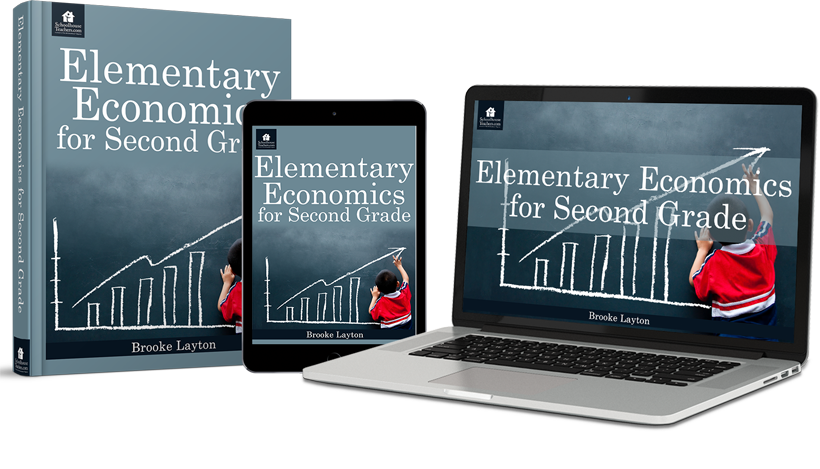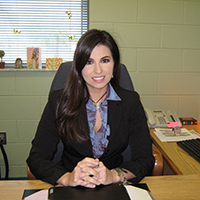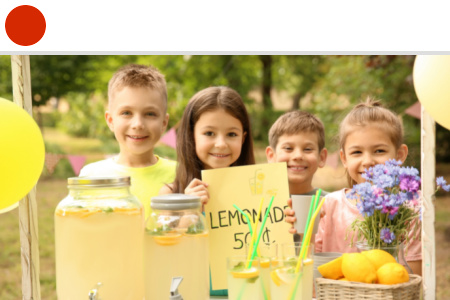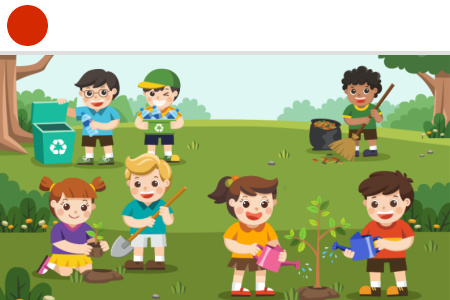More About Our Elementary Economics for Second Grade Homeschool Social Studies Curriculum
Author, college professor, and former school teacher and administrator Brooke Layton created this Elementary Economics for Second Grade homeschool social studies course in a format that encourages students to take responsibility for their own learning. As a former administrator and teacher, she led schools through the process of retraining students to think outside the box.
She shares her educational philosophy behind the design of the Elementary Economics for Second Grade homeschool social studies course:
Essentially, when students are given the responsibility for their own learning and strategically guided through differentiation in activities, they are able to retain more. They are also left with a versatile set of tools that can be applied across all content areas and grade levels. Therefore, my plans do not come with “worksheets.” I have, rather, created activities to accompany my plans. These activities allow students to have hands-on learning experiences.
Consider the research behind providing learning based on students’ interests. Students are more willing to engage in meaningful dialogue and spend more amounts of time solving real world problems if they are interested in what they are learning. As teachers spend more time creating Inquiry-Based Learning opportunities, students become more involved in their own learning, and ultimately their learning is enhanced. “Their role is changed from passive listeners to active explorers, while the role of the teacher is changed from lesson instructor to problem-solving guide” (Ji-Wei, Tseng, & Gwo-Jen, 2015, p.282).
What makes the learning in your home meaningful and worthwhile? When you envision yourself teaching, do you see yourself standing in front of your student(s) delivering content, or do you envision an environment where students learn through their interests based on themes you have strategically designed? Think about how you were taught in school. What were the subjects and activities that stuck with you throughout your adult life? Consider what that teacher had to do in terms of preplanning. I encourage teachers to create meaningful learning experiences for their students based on each student’s interests. This is not an easy task, but one that is essential for “out of the box” teaching and learning that lasts a lifetime.
There is a lot we are still learning about the development of the brain, but one thing we have learned through time and research is that allowing students to learn through meaningful learning experiences has a lasting impact on their academic achievement. “Brain development is driven by environmental influences, and this implies that a lack of relevant experiences may have lasting influence on brain development” (Hart, 2008, p.53).
“The brain is highly plastic, which means that its interconnections can be strengthened and enriched through a variety of approaches to education, paying special attention to developing skills involved in thinking and problem-solving, the arts . . .” (LeFrançois, 2012, p.266). This speaks volumes to the importance of developing these skills in students. The majority of the time, we focus on the functions of the left brain, encouraging students to read and comprehend at higher levels, use logic not only in math, but in every subject. Although this is important, we cannot forget the importance of the right brain. Children often learn through music and the arts things that will stay with them for a lifetime.
Reference:
Ji-Wei, W., Tseng, J. R., & Gwo-Jen, H. (2015). Development of an Inquiry-Based Learning Support System Based on an Intelligent Knowledge Exploration Approach. Journal of Educational Technology & Society, 18(3), 282-300.
LeFrançois, G. R. (2012). Children’s journeys: Exploring early childhood. San Diego, CA: Bridgepoint Education, Inc.
Hart, S. (2008). Brain, Attachment, Personality: An Introduction to Neuroaffective Development. London, GBR: Karnac Books. Retrieved from http://www.ebrary.com


































